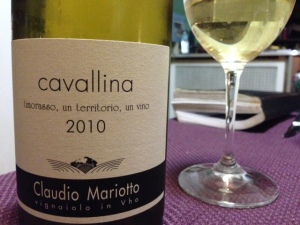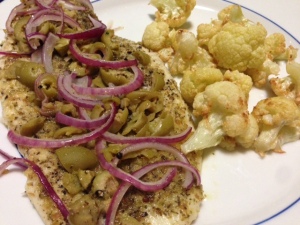In the old world, the countries of Western Europe – from Portugal to Hungary – have for centuries gotten all of the attention when it comes wine. And as Georgia, the birthplace of wine over 7,000 years ago, emerges from the brutality that was visited on its wine culture by close to 70 years of Soviet rule begins to re-introduce its unique wine styles and grape varieties, the wine world has begun to re-establish its ancient eastern edge. There is however a vast swath of ancient winegrowing regions between these two viticultural blocks: Romania, Bulgaria, and the source of this evening’s wine – the little nation of Macedonia – that has little to no presence in the market despite a bevy of unique styles and native grape varieties.
Just for the sake of absolute clarity, there is still some rancor between the Greek region of Macedonia which believes that only it has the right to said name, but in fact the now independent country that was once part of the now defunct nation of Yugoslavia has a long and intertwined history with the Greek region, but despite this historic kinship, the back and forth between the two Macedonias continues.
The Tikves wine region – the place from which this wine emanates – consists of a softly hilly high plain surrounded by high mountains on three sides which provides this region with a peculiarly long and hot growing season that yields big, bold wines like this one. This particular blend is composed of 65% Kratosija and 35% Vranec which needless to say, are distinctly Macedonian varieties. The former grape seems to be one of the members of the “Zinfandel” family of grapes and the latter, as it turns out, is part of the same brood. The precise relationship between all of these varieties is pretty convoluted and probably not of great interest to any but grape scientists, but suffice it to say that anyone familiar with Zinfandel will understand that this is a big, dark and powerful wine, and indeed the loose translation of ‘Vranec’ is ‘strong black’.
So, with a such a deep and burly wine, one is obligated to provide food to match, so with this in mind I made a thick, pureed mushroom, potato and leek soup. I followed up the first course with a pair (chicken and beef/lamb) of grilled kebabcici (chopped chicken and beef/lamb with spices, herbs, onions, garlic et al.) with a side of rice and lentils on the side.
Barovo Vineyards Tikves Kratosija/Vranec 2011
Super-saturated almost black purple color. Intense nose of plum butter, blackberry, black raspberry, Band-Aids, molasses, roasted nuts, licorice, dried flowers and sweet spices. In the mouth the wine is huge and dense with a chewy texture but still surprisingly well balanced by dry, earthy but sweet tannins and a tart, stony acidity that underpins flavors of black currants, black cherry, blueberry, and melted dark chocolate. The wine finishes soft and long with big black tea flavors. The heart of darkness…






























Recent Comments